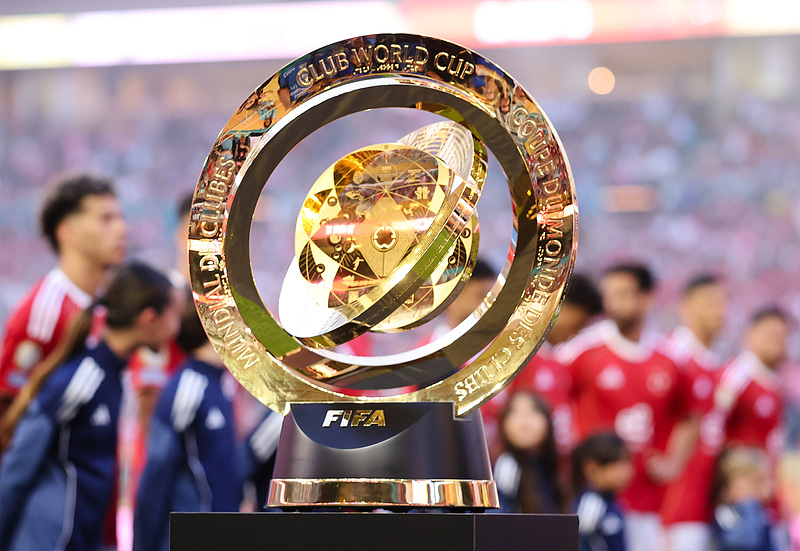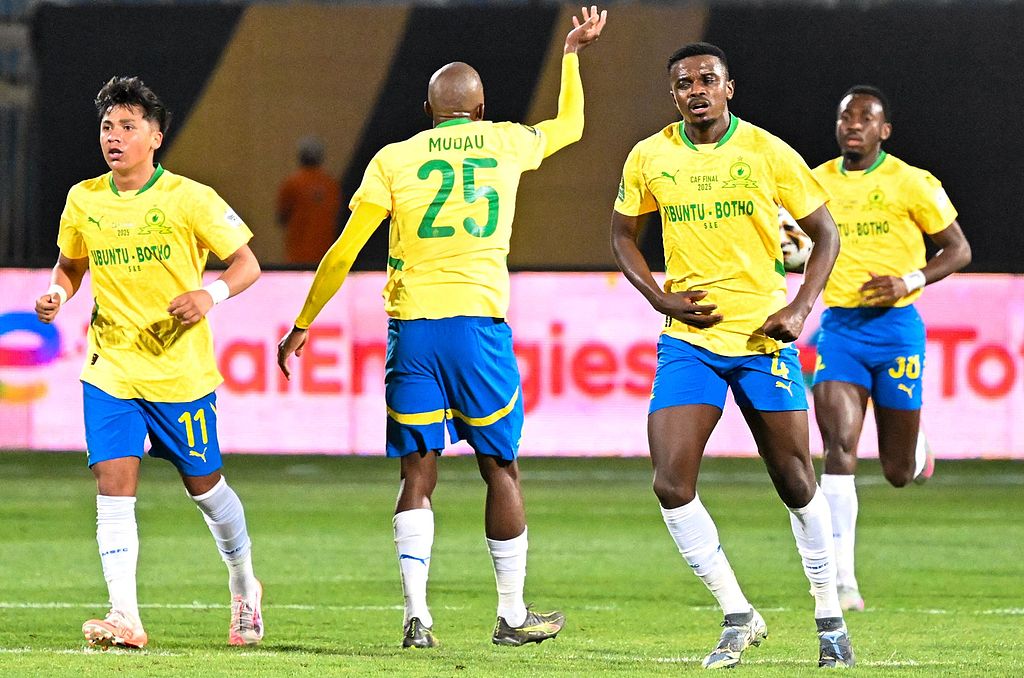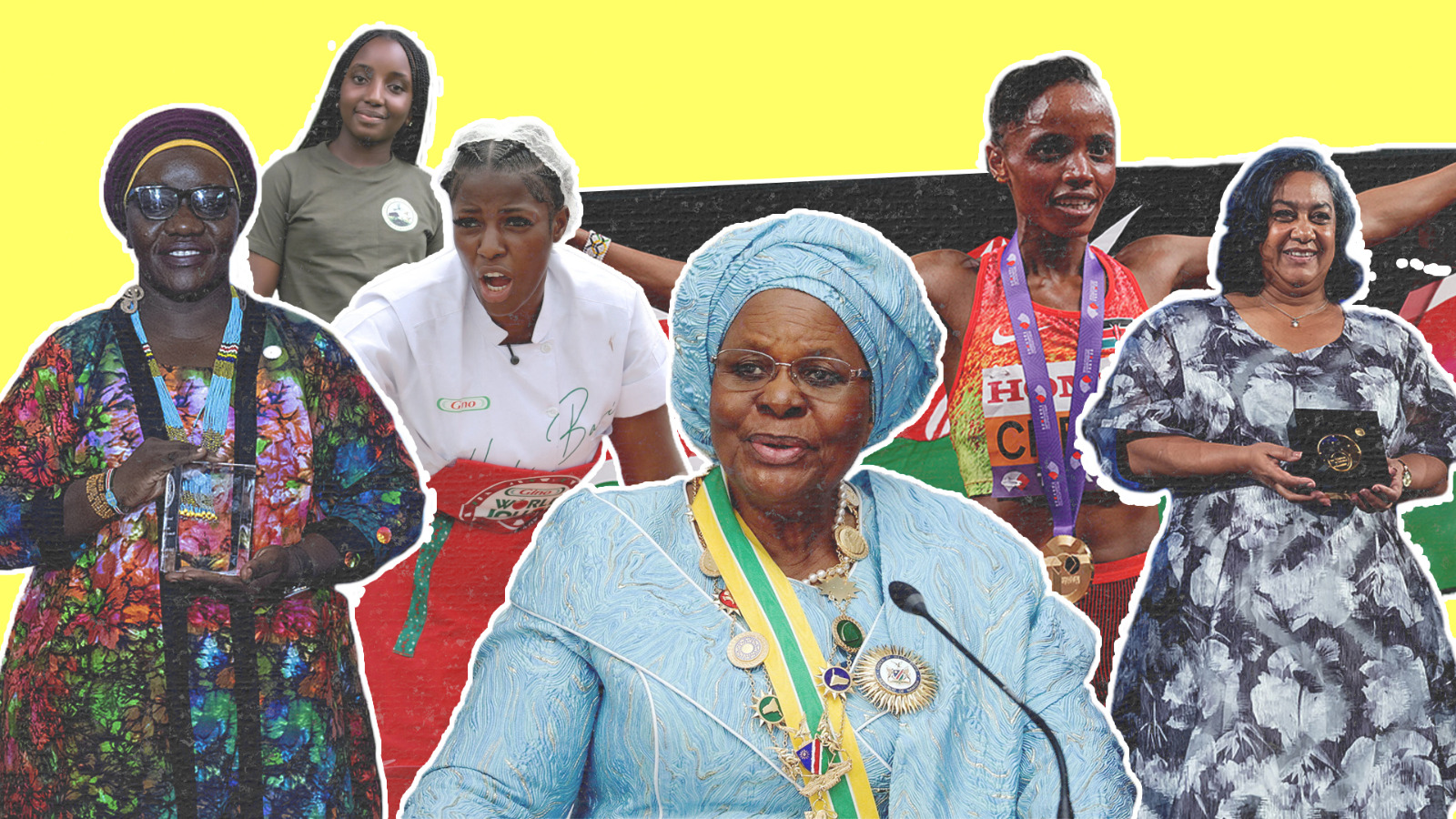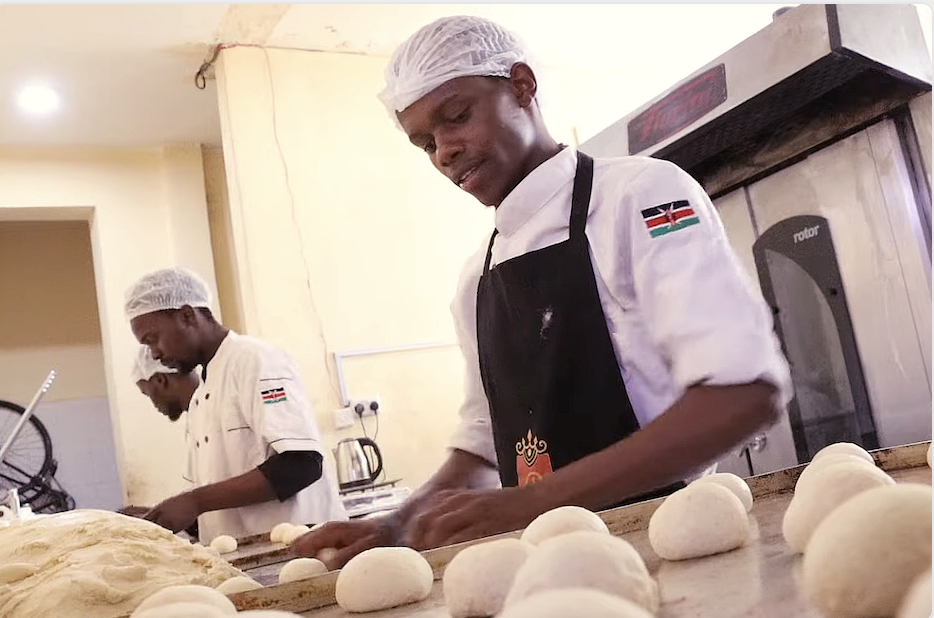
FIFA Club World Cup: Will Africa break the glass ceiling?
Since the inception of the FIFA Club World Cup, African teams have battled giants from Europe and South America, but have repeatedly come up short despite moments of brilliance. No African side has ever won the tournament.
DR Congo’s TP Mazembe and Moroccan powerhouse Raja Casablanca came mightily close in 2010 and 2013, finishing as runners-up behind Inter Milan and Bayern Munich, respectively.
Could this be the year that the continent breaks its duck on the global stage?
Unfortunately, for some fans and pundits, the answer is no. History is heavily stacked against the African clubs (and other regions like Asia, North America and Oceania).
The strongest teams in the competition are almost certainly from Europe and South America, and bookmakers have predicted that the winner will most likely come from one of those two regions.
European teams have won the Club World Cup 16 times and South American teams have won it four times. Only six teams from outside Europe and South America have ever reached the final of the tournament.
These conclusions have been drawn because of a number of reasons, particularly the gulf in funding, experience, and global recognition that exists between the top European and South American clubs (and some Asian teams) on one hand, and Africa’s top clubs on the other. These factors have often resulted in the continent’s top clubs being outclassed by European and South American giants in previous editions.

It does not help either that many of the continent’s biggest and best players will not be playing for African clubs at the tournament. Given the challenges that face most of African football, it is no surprise that such talent will easily favor a lucrative move overseas that promises player development, exposure and financial rewards.
Some of the African players expected to feature at the tournament for non-African clubs include: Serhou Guirassy (Borussia Dortmund and Guinea), Omar Marmoush (Manchester City and Egypt), Ayman Azhil (Borussia Dortmund and Egypt), Édouard Mendy (Al Ahli and Senegal), Nicholas Jackson (Chelsea and Senegal) and Rayan Aït‑Nouri (Manchester City and Algeria).
Another reason is the sheer number of teams from the stronger confederations that African teams will be up against. Europe (UEFA) was allocated 12 slots, while South America (CONMEBOL) was allocated six slots. North America had five slots – the United States got an extra slot as tournament hosts. Africa (CAF) was allocated four slots, as was Asia (AFC). Oceania’s OFC got just one slot.
To put this into context, only one of the 12 European teams did not participate in last season’s UEFA Champions League, widely considered as club football’s most prestigious tournament. That one team is English Premier League club Chelsea. The team, however, convincingly won the UEFA Conference League, Europe’s third-tier club competition, and boasts an array of attacking and defensive talent within their setup.
Meanwhile, South America’s representatives come from the continent’s strongest footballing nations: Brazil (4) and Argentina (2). The four participating Brazilian clubs (Palmeiras, Flamengo, Fluminense and Botafogo) all won the last four editions of the Copa Libertadores, South America’s equivalent of the Champions League. The Argentine sides – River Plate and Boca Juniors – are also continental heavyweights.

There is also concern about physical fatigue given the packed football schedule facing players. While this concern is not unique to African clubs, one aspect of it that might face them at the tournament is the lack of bigger squads to compete against their more resourceful opponents. A lot of activity in the recent transfer market in the run-up to the start of the tournament focused on European and South American sides.
It might look like an impossible task winning the Club World Cup, but there are glimmers of hope that African teams may spring surprises and exceed expectations at the tournament.
Egyptian giants Al Ahly have a strong history at this tournament. The record winners of the CAF Champions League have finished in third place four times in multiple appearances at the Club World Cup. They have consistently put in good performances at the tournament beating more fancied opponents, without reaching the pinnacle of the tournament.
South African powerhouse Mamelodi Sundowns also come into the tournament in fine form having won an eighth straight domestic league title and finishing as runners-up in the CAF Champions League. Espérance, Tunisia’s most successful club, had a good domestic season winning a record 34th domestic title.
The switch by world football’s governing body FIFA to a 32‑team format also offers a higher chance for the four African clubs to progress in the tournament with three group-stage matches, as opposed to the knockout format that featured just one team from the continent. The fact that two teams from each group advance, offers a clearer path beyond the early rounds.
The draw for the group stage has also not been too unkind to African teams. While they still face tough and tricky opponents, there is a sense that anything can happen in a tournament, and results can swing either way, especially in the knockout stage. Al Ahly, with their calibre and experience in global football, can reasonably expect to get results in their group featuring Inter Miami CF, Porto and Palmeiras. Sundowns can also be expected to make a stand against Fluminense, Dortmund and Ulsan HD.
North African sides Espérance (Tunisia) and Wydad Athletic Club (Morocco), however, have more difficult groups. Esperance is in a group with Brazilian giants Flamengo, English heavyweights Chelsea and MLS side LAFC. Wydad has been placed in the proverbial group of death. Their opponents are England’s Manchester City, Italian giants Juventus and Emirati side Al Ain.
It is also worth noting that while the continent’s biggest stars may ply their trade in Europe and Asia, the teams at the tournament are not short of homegrown talent. Sundowns can boast the services of goalkeeper Ronwen Williams, a nominee for the Yashin Trophy at the Ballon d’Or, and prolific marksman Peter Shalulile. Al Ahly can look up to veteran winger Hussein El Shahat, who has scored in multiple Club World Cup editions, and goalkeeper Mohamed El Shenawy, who continues to prove to be a reliable shot-stopper at 36.
Wydad will hope to exploit any defensive fragilities within their more illustrious opponents. Algerian winger Youcef Belaïli will bring flair and unpredictability to Espérance’s frontline.
African clubs are carrying their continental pride and the weight of history and expectation at the FIFA Club World Cup. Fans on the continent and football neutrals will be hoping the gap between African sides and global heavyweights may finally be narrowing. Whether it’s Al Ahly’s experience, Mamelodi Sundowns’ tactical maturity, or Wydad’s unyielding spirit, the recipe for a breakthrough is there.
The road ahead won’t be easy—but, if ever, there was a moment for Africa to break the glass ceiling, this might very well be it.






